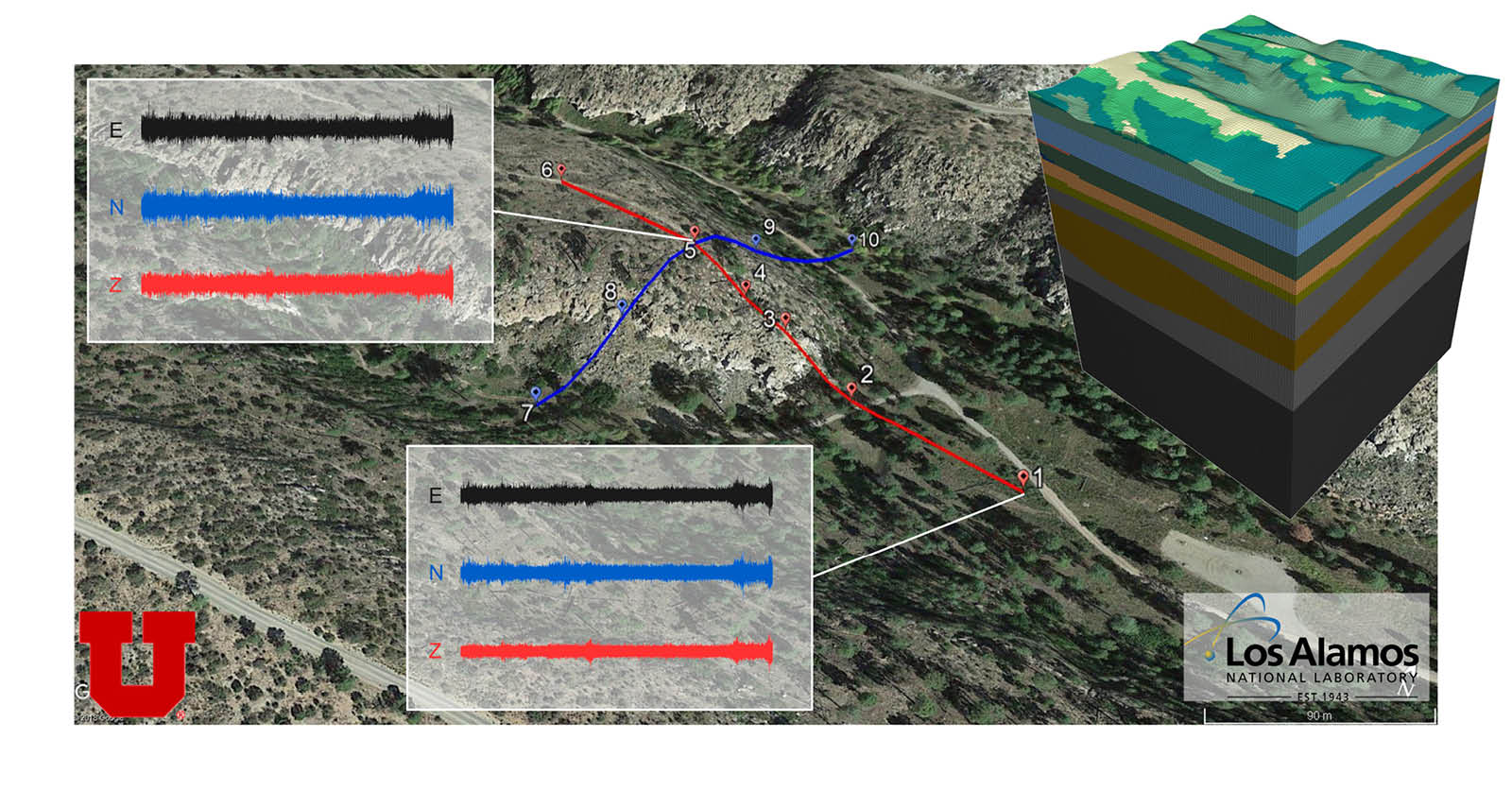Harnessing ambient seismic noise for advanced seismic hazard analysis
Accurately predicting variations in ground motion characteristics is essential for reliable seismic hazard analysis and the design of resilient infrastructure. Traditional site response assessments rely on earthquake recordings or controlled field experiments, but these approaches are constrained by the infrequency of seismic events and the limited coverage of monitoring networks. Dr. Kami Mohammadi’s research offers a transformative alternative: leveraging ambient vibrations – naturally occurring seismic noise generated by environmental and human activities – as a cost-effective and readily available resource for seismic hazard analysis.
In collaboration with Los Alamos National Laboratory (LANL), Dr. Mohammadi’s work focuses on using ambient noise data and 3D physics-based seismic wave propagation modeling to address the challenges of seismic hazard assessment in data-scarce regions. By investigating the physical and statistical relationships between wavefields generated by earthquakes and those from ambient sources, this research aims to establish a robust foundation for site response analysis, particularly in areas with limited strong motion data.
“Spectral amplifications from ambient vibrations can reveal critical site characteristics,” explains Dr. Mohammadi. “Our goal is to link ambient vibrations to earthquake-induced wavefields, enabling more accurate seismic hazard assessments across diverse geological regions.”
The study builds on preliminary findings that demonstrate how ambient noise data can capture fundamental site characteristics, paving the way for a deeper understanding of wave scattering mechanisms. By developing physics-based and data-informed models, this research seeks to bridge the knowledge gap between ambient noise and earthquake wavefields, making seismic hazard analysis more precise and cost-effective even with sparse earthquake data.
The implications of this work extend far beyond LANL, offering a more accessible, accurate, and cost-effective approach to seismic hazard assessment. This advancement not only enhances our ability to predict and mitigate the impacts of seismic events but also supports infrastructure planning and earthquake preparedness on a global scale.
Geotechnical Engineering at the University of Utah
Explore Geotechnical Engineering→
More news from our department:
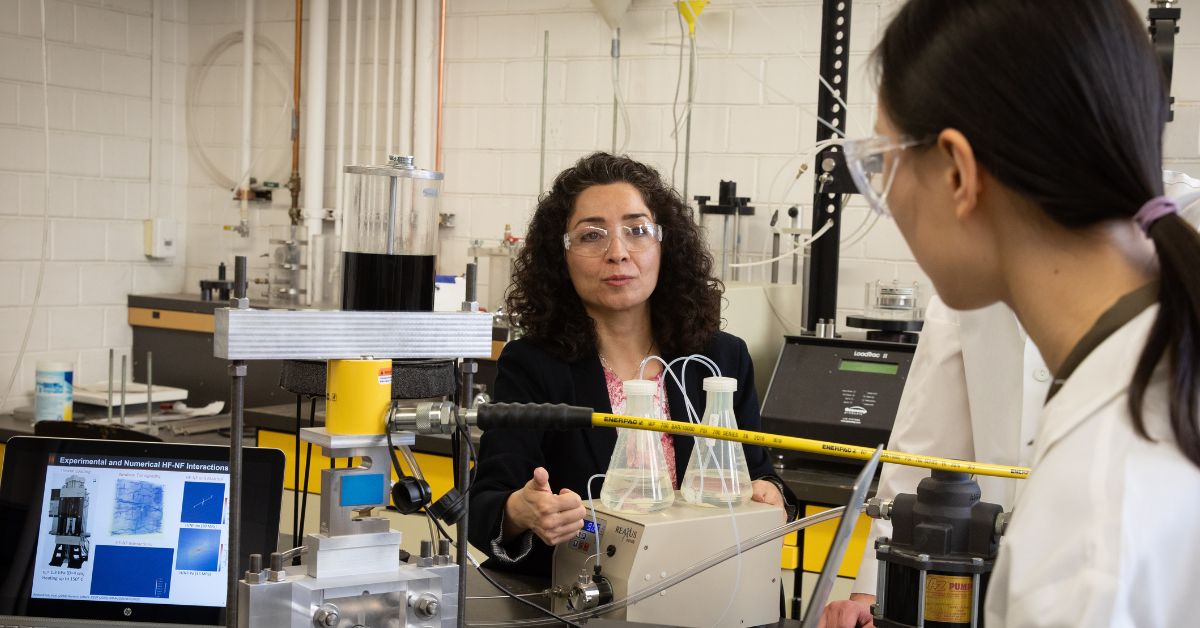
Dr. Shahrzad Roshankhah Awarded Department of Energy Grant to Advance Research on Enhanced Geothermal Systems
Geothermal energy offers a sustainable way to power homes and industries by harnessing the Earth’s heat. However, extracting this energy from deep, hot dry rock layers presents unique challenges, such as maintaining permeable channels—or fractures—within high-temperature, high-pressure, high-stress environments. The fractures in geothermal reservoirs allow fluids to flow through the reservoir and carry the heat […]
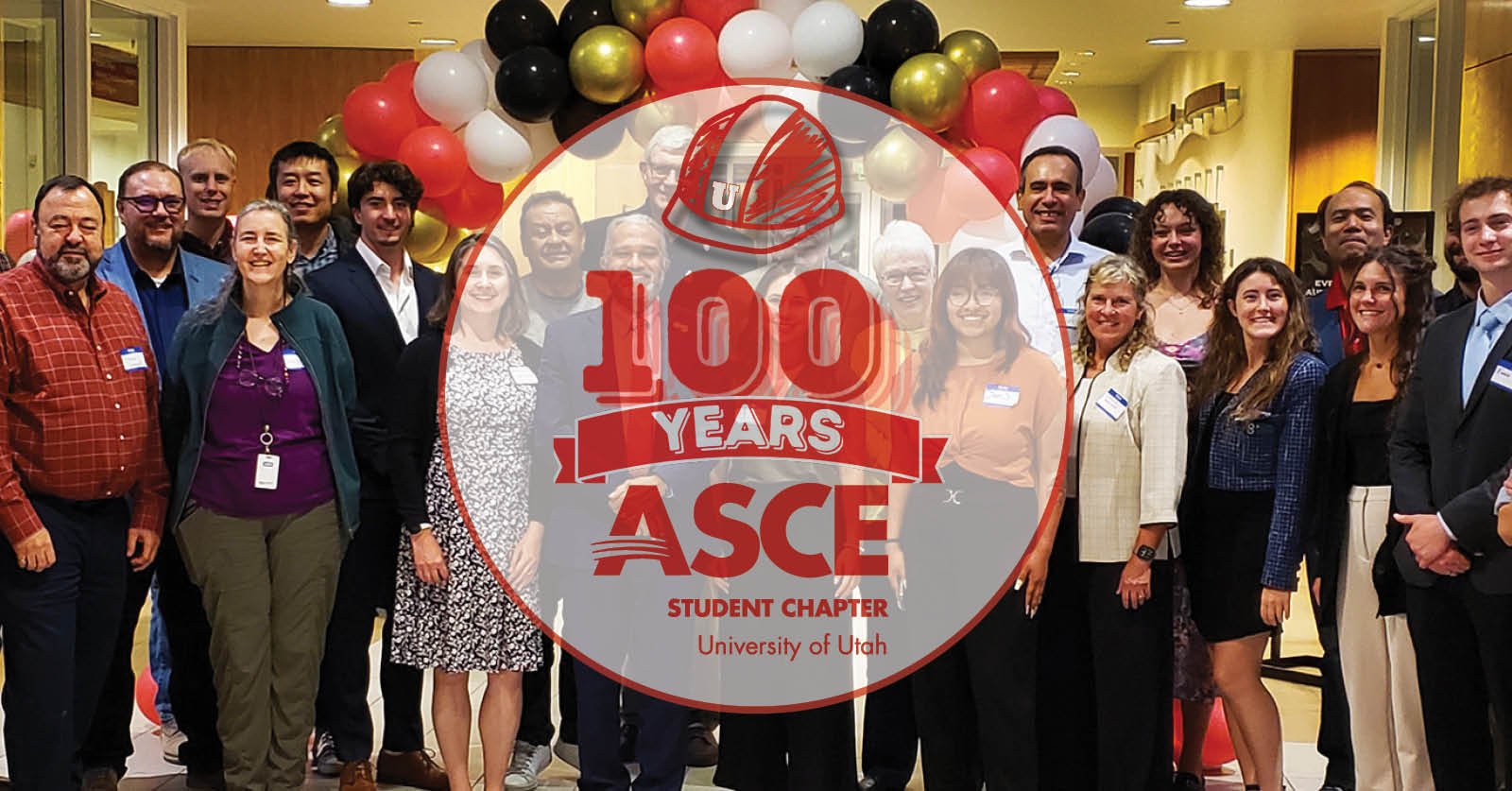
University of Utah Celebrates 100 Years of the ASCE Student Chapter
The American Society of Civil Engineers (ASCE), the nation’s oldest engineering society, has been supporting Civil & Environmental Engineering students at the University of Utah since 1924. For a century, the ASCE Student Chapter has been providing students with invaluable opportunities outside the classroom, preparing them for successful professional careers. On Thursday, September 16, 2024, […]
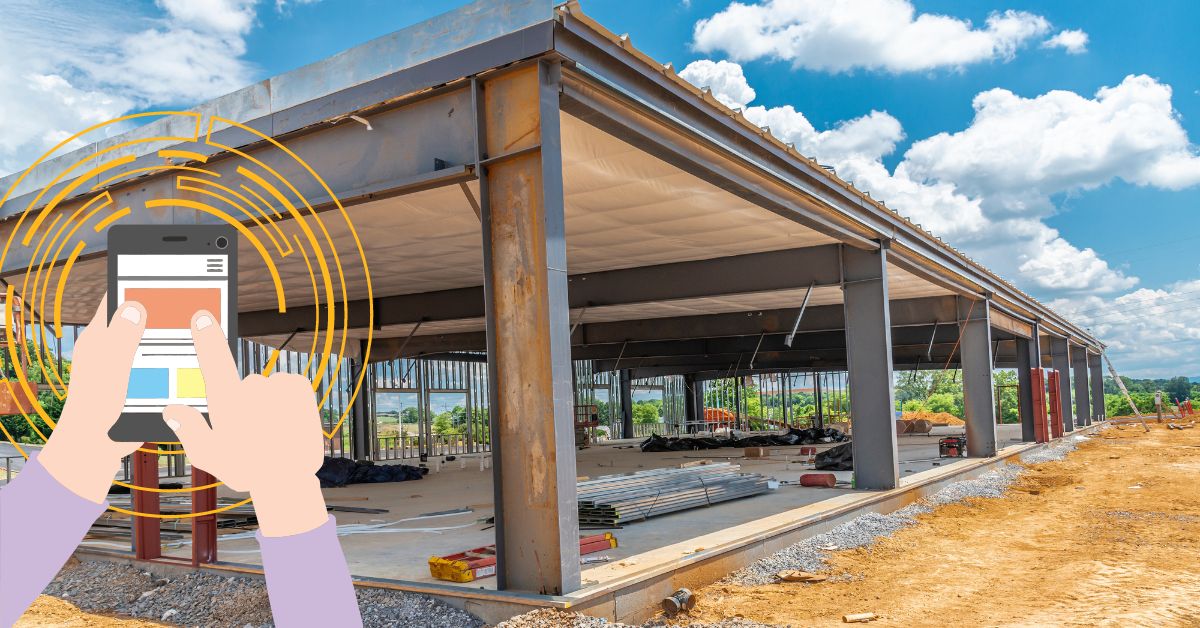
Enhancing Construction Engineering Education with AI-Driven Mobile App
Dr. Abbas Rashidi’s Role in Groundbreaking NSF Research The intersection of technology and education is creating new possibilities for learning, and at the forefront of this transformation is a project funded by the National Science Foundation (NSF). Dr. Abbas Rashidi, an Associate Professor in the Department of Civil & Environmental Engineering, is playing a key […]
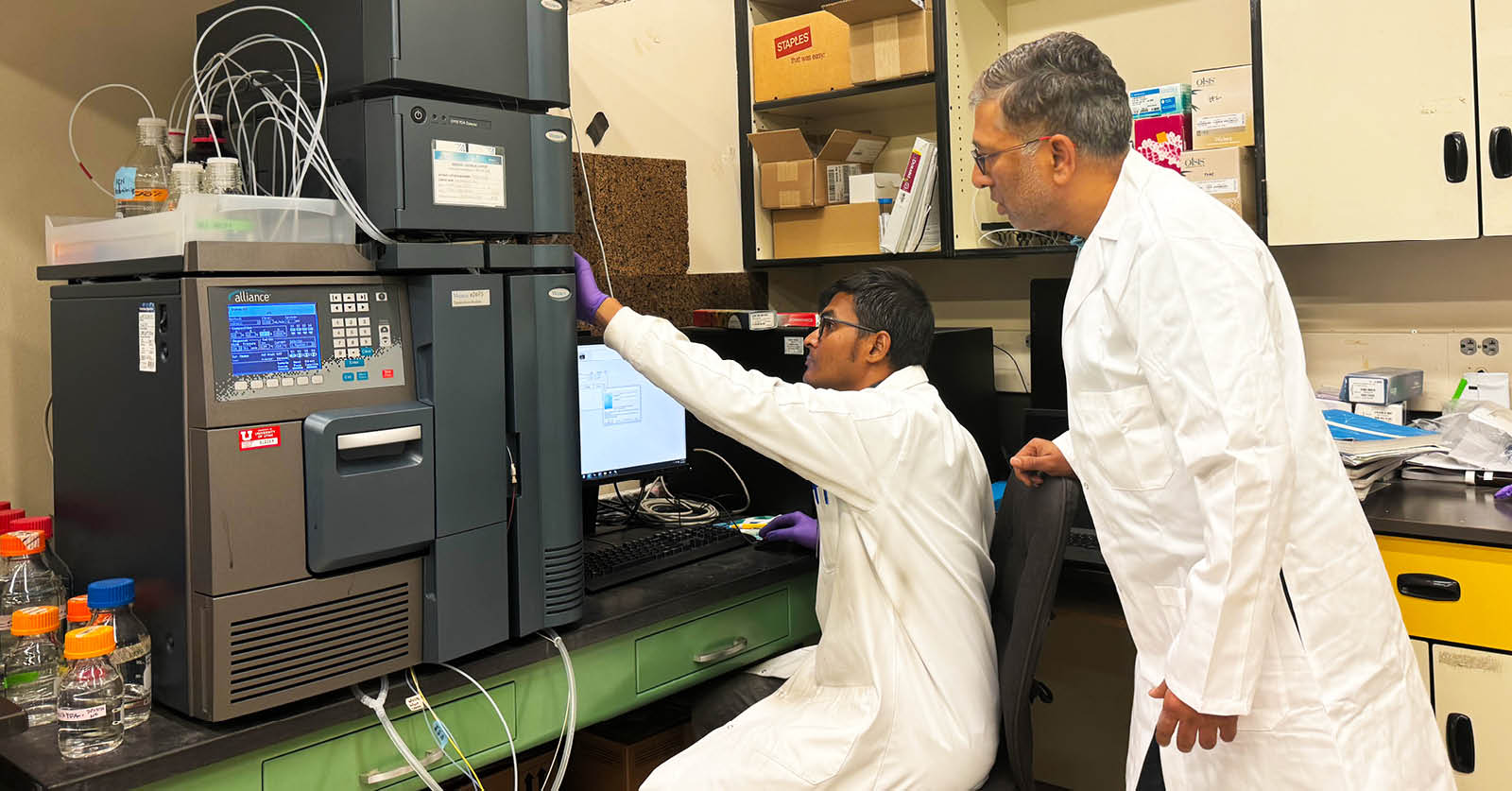
Fighting Forever Chemicals
Dr. Ramesh Goel Leads $1.6M EPA Research on PFAS Known as “forever chemicals,” per- and polyfluoroalkyl substances (PFAS) are a group of synthetic chemicals that have been widely used in various industrial and consumer products, such as non-stick cookware, water-repellent clothing, and firefighting foams. Their resistance to degradation combined with their potential to accumulate in […]

